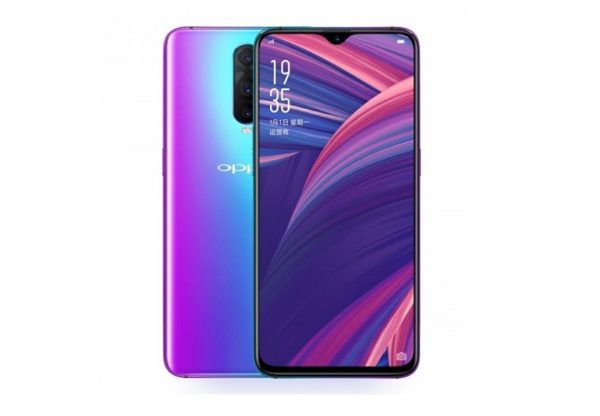
The Oppo R17 Pro is the latest flagship phone from the Chinese phone maker, coming just four months after the launch of the Find X in June.
Coming so late in the year, the R17 Pro does seem a bit of a surprise. Good news is it’s another option in a growing market of high-end phones.
In terms of looks, the new Oppo phone certainly belongs to the flagship class. At first glance, the R17 Pro’s Radiant Mist look is eye-catching though it is a colour scheme that can be a bit loud for some users.
I would choose the Emerald Green for a more sophisticated look if I am going to use this as a business phone. The phone’s back is covered with frosted glass so fingerprints do not show as much. That’s a welcome change.
I have no complaints with the phone’s 6.4-inch Full HD OLED screen that comes with a teardrop notch and a front-facing 25-megapixel, f2.0 camera.
The notch’s small size is not as distracting as, say, the one on the Google Pixel 3 XL when you are using the screen. It’s also more attractively integrated into the design than a rectangular block.
What about under the hood? Despite a premium price tag of $999, Oppo has gone with an octa-core Qualcomm Snapdragon 710, a chip for mid-end phones. Fortunately, the phone retains some performance chops with 8GB of RAM and 128GB of storage, though you can’t pop in a microSD card.
This is certainly an odd decision. I’d go with a Snapdragon 845 chip which helps handle demanding games and stick with 6GB of RAM, which should be enough for most apps. Certainly, that would have been my combination of choice for the flagships of 2018.
To be fair, the R17 Pro isn’t a slouch in most of the stuff I do on the phone every day. When it comes to storage, the 128GB onboard should be enough to keep photos I take in an entire year. After that, they may need to be saved on the cloud or on a PC.
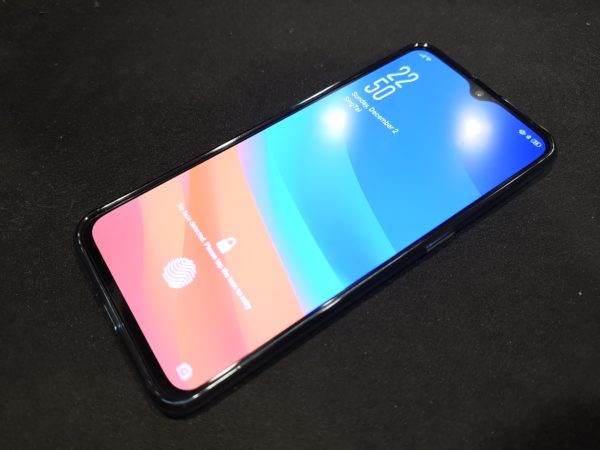
What I’m more impressed with is that Oppo has managed to pack two 1,850mAh batteries into its svelte body, providing a handy 3,700mAh of power that is good for one full day of moderate use.
By charging two batteries concurrently at 5V/5A each, the phone can be ready for the road in about 30 minutes or less, depending on how much battery power is left before plugging it in. This is certainly a feature that heavy smartphone users will appreciate.
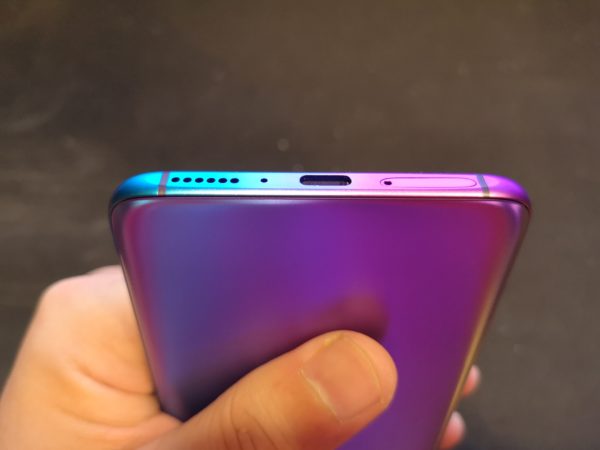
For phone access, an under-screen fingerprint sensor is included with the phone, similar to the one featured on Vivo’s X21. It unlocks the phone pretty quickly but the faster face recognition system is the one I prefer.
The main camera is a combination of a 12-megapixel, f1.5/f2.4 variable aperture system that provides a 27mm (full frame equivalent) wide-angle view and a 20-megapixel sensor with a f2.6 lens that helps with bokeh effects in portraiture shots.
There is also Time-of-Flight (ToF) sensor that will capture 3D information and present your face in a 3D avatar or measure an object in real-time.
This is certainly exciting but users will have to wait for a firmware upgrade to use this feature in the near future as it camera is not accessible at launch.
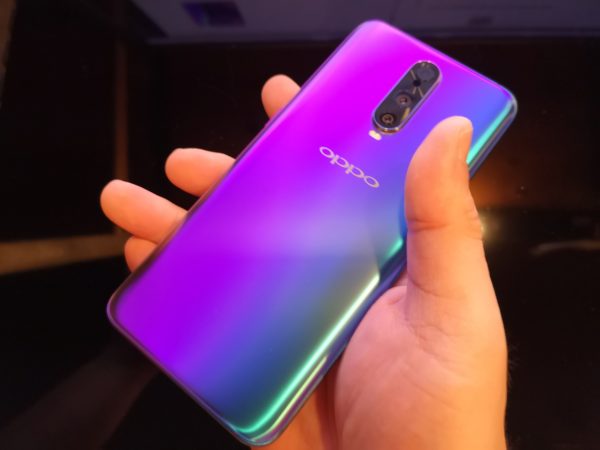

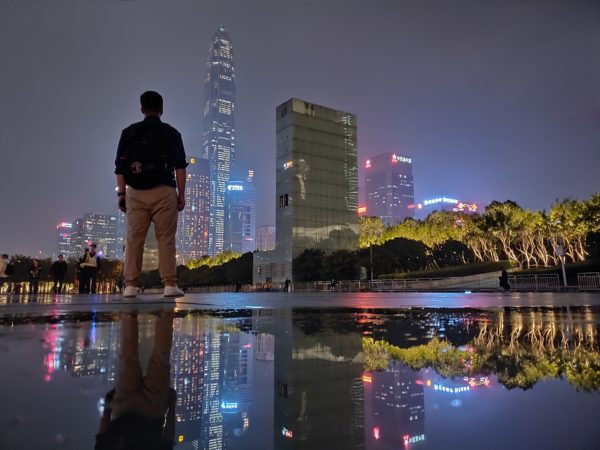


The results from the camera are pretty good with a slight hint of over-sharpening in the images. Despite showing a 4-second exposure while shooting in a night scene, the EXIF information on the image indicated a 1-second shutter speed which is odd.
The photos from the phone, thanks to its AI Ultra-clear Engine, are definitely usable for sharing on social media but those who demand better image quality should look elsewhere.
Despite the camera having a variable aperture system, I could not dictate the use of a smaller aperture through the Expert mode. Oppo has dropped the ball on this feature.


The photos from the front-facing camera are quite good as I prefer the phone to shoot in Natural setting.
For selfie-addicts, the phone can shape your cheeks, whiten your skin and enlarge your eyes after you have taken the shot without doing much makeup prior. Not a thing for me though others might like it.
While the R17 Pro is an attractive phone, it faces strong competition. For example, Huawei’s Mate 20 comes with a faster processor and a better camera and costs just S$800 online.
The Oppo R17 Pro’s high price of S$999 does it no favours, of course. Its ToF 3D camera looks interesting as an standout feature but for some reason, it is not ready for the market until a firmware update. Unfortunately, that makes the R17 Pro feel a bit like an incomplete product.






